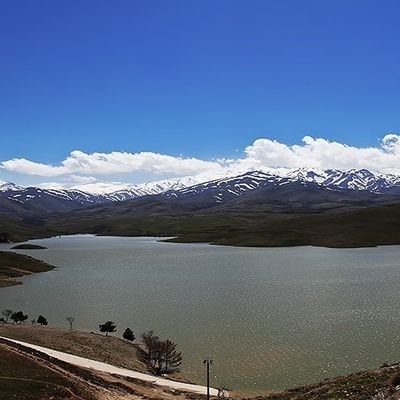SAEDNEWS: From fire whirls to colored rain, rare weather phenomena offer fascinating insights into the power and unpredictability of nature. Discover the science and intrigue behind these extraordinary meteorological marvels.

According to SAEDNEWS, weather is not always about sunny skies or thunderstorms; sometimes, nature surprises us with unusual phenomena that leave scientists and onlookers in awe. These rare occurrences, often fleeting, showcase the complex and mysterious workings of our planet’s atmosphere.

Fire whirls, also known as fire tornadoes, occur when intense heat from wildfires combines with turbulent air currents, creating a rotating column of flame.
Fascinating Facts:
Fire whirls can reach temperatures of over 2,000°F (1,093°C), hot enough to melt steel.
Though they typically last only a few minutes, larger fire whirls can cause significant destruction.
These fiery spirals are most common in areas prone to wildfires, such as California and Australia.

Ball lightning refers to glowing spheres of electricity that appear during thunderstorms. Unlike traditional lightning, these orbs can hover or move erratically before vanishing.
Curious Details:
Reports of ball lightning date back centuries, but scientists still struggle to explain its exact cause.
The orbs are often described as silent but can occasionally emit a loud bang upon disappearing.
Some theories suggest plasma or microwave radiation as possible explanations.

Colored rain occurs when dust, pollen, or volcanic ash mixes with water droplets in the atmosphere. The result? Precipitation in hues of red, yellow, or even black.
Notable Events:
In 2001, Kerala, India, experienced a bizarre red rain event caused by spores from a type of algae.
Volcanic eruptions, such as Mount Etna’s in Sicily, have produced black rain due to ash-laden clouds.

Ice tsunamis, or ice shoves, happen when strong winds push chunks of ice from frozen lakes onto the shore. These walls of ice can surge forward with immense force, damaging structures in their path.
Key Insights:
Ice tsunamis are most common in regions like Canada and the northern United States during spring thaw.
The phenomenon relies on a combination of wind, temperature changes, and ice thickness.

Frost flowers are fragile ice formations that appear on thin, frozen surfaces when air temperatures are much colder than the water beneath.
Interesting Facts:
They form intricate patterns resembling petals, hence the name "frost flowers."
These formations are often spotted in polar regions or calm winter lakes.
Frost flowers play a role in the Arctic ecosystem by releasing nutrients and gases into the atmosphere.

St. Elmo’s Fire is a glowing blue or violet light that appears around pointed objects during thunderstorms, caused by ionized air under intense electric fields.
Why It’s Special:
Sailors once considered it a good omen, believing it signaled protection from storms.
The phenomenon often appears on ship masts, airplane wings, or church steeples.
While beautiful, St. Elmo’s Fire is an indicator of dangerous weather conditions.

The Catatumbo Lightning occurs over Venezuela’s Lake Maracaibo, producing near-continuous flashes of lightning for up to 260 nights a year.
Fun Facts:
It’s often called the "Lighthouse of Maracaibo" due to its visibility from afar.
This phenomenon results from a unique combination of warm lake waters, cold mountain air, and local wind patterns.
Catatumbo Lightning holds the Guinness World Record for the highest lightning concentration.

Mammatus clouds appear as pouches hanging beneath the base of storm clouds, creating an otherworldly spectacle.
What You Should Know:
These clouds often signal the aftermath of severe storms.
Despite their ominous appearance, they don’t pose any direct threat.
Pilots and meteorologists use them as indicators of turbulent air and unstable weather.

Moonbows, or lunar rainbows, occur when moonlight refracts through water droplets, forming a rainbow-like arc at night.
Unique Features:
Moonbows are typically white to the naked eye but reveal colors in long-exposure photographs.
They are best observed during a full moon near waterfalls or misty areas.
Locations like Hawaii’s Waimea and Victoria Falls in Africa are famous for moonbows.
Rare weather phenomena remind us of nature’s immense power and creativity. While some of these events still puzzle scientists, they serve as a testament to the beauty and unpredictability of the natural world. From glowing orbs to icy invasions, these wonders inspire awe and curiosity, keeping our fascination with the skies alive.

